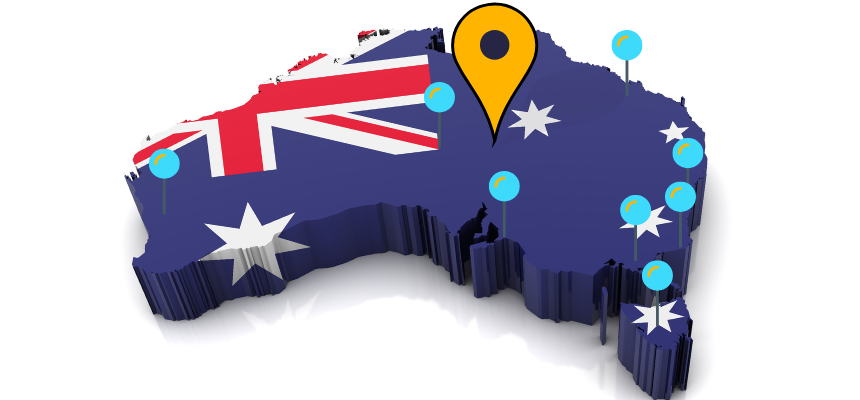Renting a House in Australia: A Step-by-Step Guide

Renting a house in Australia can be a daunting task, especially for those who are new to the country or unfamiliar with the process. However, with a little bit of research and organisation, it is possible to find a suitable rental property that meets your needs and budget. Here is a step-by-step guide to the house renting process in Australia:
1. Determine your budget and needs: Before you start your search, it is important to determine how much you can afford to spend on rent each month and what type of property you are looking for. Consider factors such as the number of bedrooms and bathrooms you need, the location of the property, and any amenities or features that are important to you.
2. Search for properties: There are several ways to search for rental properties in Australia, including online platforms such as realestate.com.au, Domain.com.au and YohoStay, as well as local newspapers and classifieds. You can also consider working with a real estate agent, who can help you find properties that meet your specific needs and budget.
3. Attend open homes: Once you have shortlisted a few properties that interest you, it is a good idea to attend open homes or inspections to get a feel for the property and see if it meets your needs in person. This is also a good opportunity to ask the renting agent or landlord any questions you may have.
4. Submit an application: If you decide to apply for a rental property, you will need to fill out a rental application form and provide supporting documentation such as proof of income and employment, references, and identification. It is important to be honest and thorough when filling out the application, as it will be used to assess your suitability as a tenant. You can create a renter profile on our platform and apply to as many properties as you like without repetitive work of filling multiple application forms.
5. Negotiate the lease: If your application is successful, the landlord or agent will present you with a lease agreement. It is important to carefully review the terms of the lease before signing, including the length of the tenancy, the amount of rent, and any special conditions or clauses. If there are any terms that you disagree with or do not understand, it is important to negotiate with the landlord or agent to come to an agreement that works for both parties.
6. Pay the bond and rent in advance: In Australia, it is common for tenants to pay a bond, which is a security deposit that is held by the state government in case of damage to the property. The bond amount is typically equivalent to four weeks' rent, and it is returned to the tenant at the end of the tenancy provided there is no damage to the property. In addition to the bond, tenants are also required to pay rent in advance, typically one to four weeks' rent.
7. Move in and enjoy your new home: Once you have signed the lease and paid the bond and rent in advance, you are ready to move into your new rental property. It is important to take good care of the property and maintain it to a reasonable standard, as well as pay rent on time and adhere to the terms of the lease.
By following these steps and doing your research, you should be able to find a rental property in Australia that meets your needs and budget.
Nagendra Yadav
Founder and CEO - YohoStay